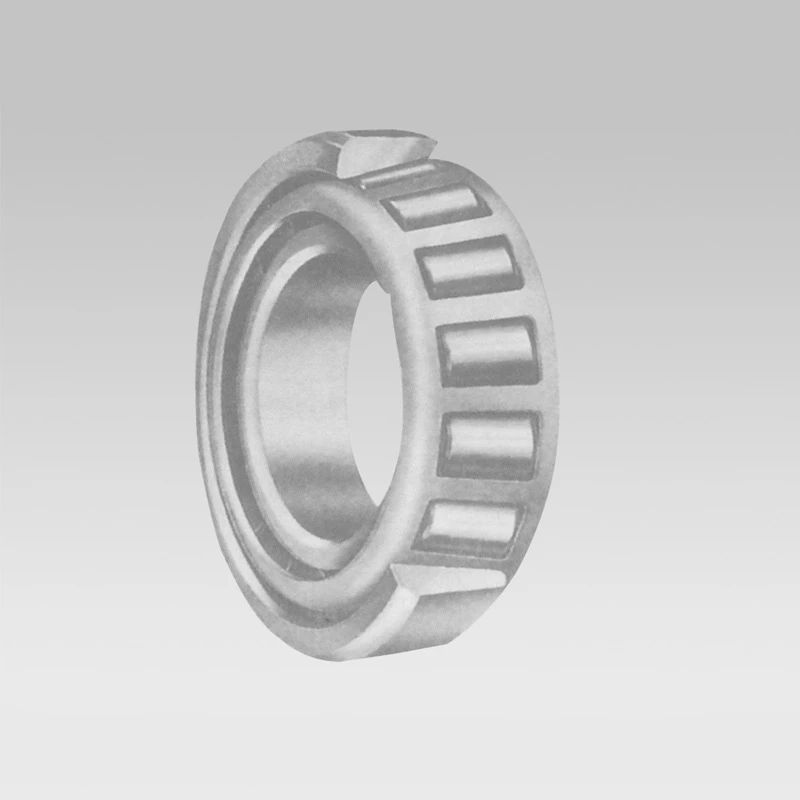
12 月 . 03, 2024 18:56 Back to list
what is taper roller bearing
Understanding Taper Roller Bearings A Comprehensive Overview
Taper roller bearings are crucial components in various mechanical applications, particularly in industries such as automotive, aerospace, and manufacturing. Their unique design allows them to handle both radial and axial loads effectively, making them an integral part of many machines. In this article, we will explore what taper roller bearings are, how they work, their applications, and the advantages they offer.
What are Taper Roller Bearings?
Taper roller bearings consist of tapered inner and outer raceways and a set of tapered rolling elements called rollers. The tapered design allows the rollers to make contact with the raceways at a specific angle, which enables the bearings to accommodate large loads. The alignment of the rollers reduces friction, resulting in smoother operation and increased efficiency.
The main components of taper roller bearings include - Inner Ring This is the part that fits onto the shaft. - Outer Ring This is the stationary part that fits into the housing. - Rollers These are the tapered elements that facilitate motion between the inner and outer rings. - Cage This component holds the rollers in place and maintains even spacing between them.
How Do Taper Roller Bearings Work?
The functionality of taper roller bearings is grounded in the principle of load distribution. When a load is applied to the bearing, the tapered shape allows the rollers to distribute the load over a larger area. This design not only enhances load capacity but also minimizes the overall friction between moving parts, which is crucial for efficient operation.
When the shaft rotates, the inner ring spins while the outer ring remains stationary, causing the rollers to roll between the two surfaces. The angle of the taper plays a significant role in how the bearing handles axial loads. By allowing the axis of the load to align with the axis of the bearing, taper roller bearings can efficiently manage not only radial but also thrust loads.
Applications of Taper Roller Bearings
Taper roller bearings are widely used across various industries due to their versatility and efficiency. Some common applications include
1. Automotive Industry They are extensively used in vehicles for wheel hubs, transmissions, and differentials. Their ability to handle high radial and thrust loads makes them ideal for these applications. 2. Aerospace Taper roller bearings are employed in aircraft engines and landing gear. Their reliable performance at high speeds and loads is critical for safety and efficiency in aviation.
what is taper roller bearing

4. Railways The bearings are essential in train wheel assemblies, supporting both the weight of the train and the stresses incurred during movement.
Advantages of Taper Roller Bearings
The design and functionality of taper roller bearings offer several advantages
- Load Capacity Their tapered shape allows for higher load capacity compared to conventional cylindrical bearings, making them suitable for heavy-duty applications. - Versatile Load Handling Taper roller bearings can accommodate both radial and axial loads, providing flexibility in design and application.
- Reduced Friction The design minimizes friction between moving parts, which translates to greater efficiency, reduced wear, and longer service life.
- Ease of Installation Taper roller bearings are relatively easy to install and disassemble, which is beneficial for maintenance and repairs.
- Durability With proper maintenance, taper roller bearings can provide long-lasting performance even under harsh operating conditions.
Conclusion
Taper roller bearings play a vital role in modern mechanical systems. Their unique design allows for efficient load handling, reduced friction, and increased durability, making them essential in various industries. Whether in automotive applications, aerospace engineering, or industrial machinery, understanding taper roller bearings and their functions can significantly contribute to the performance and reliability of mechanical systems. As technology advances, we can expect further innovations in bearing designs that will enhance efficiency and application capabilities.
Latest news
-
Unlocking Efficiency with Spherical Roller Bearings
NewsOct.29,2024
-
The Ultimate Guide to Thrust Ball Bearings
NewsOct.29,2024
-
The Power of Thrust Roller Bearings: Engineered for Excellence
NewsOct.29,2024
-
The Power of Deep Groove Ball Bearings for Your Application Needs!
NewsOct.29,2024
-
The Power and Performance of Cylindrical Roller Bearings
NewsOct.29,2024
-
High-Quality Ball Bearing Manufacturing Machines
NewsOct.29,2024
